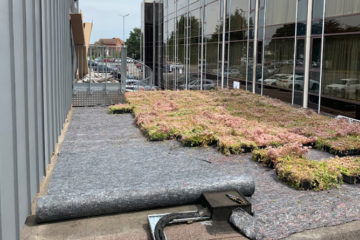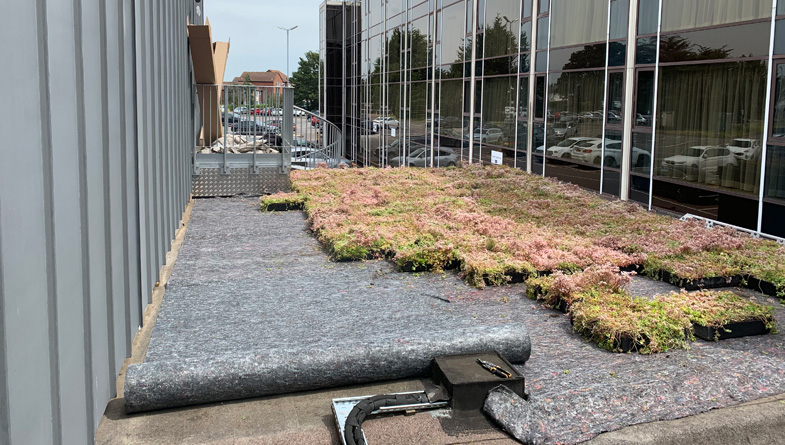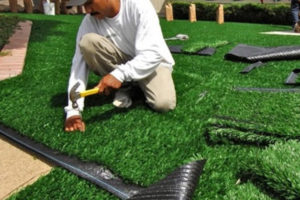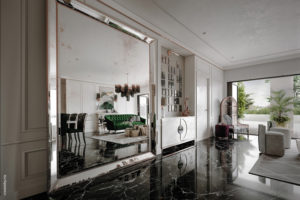
A comprehensive guide of wildflower roof trays
Planting Wildflower Roof Trays has numerous advantages. It promotes sustainable development and also protects both biodiversity and the environment in towns and cities.A green roof system is an addition made to the roof of an existing building for growing flora. Depending on the sort of renewable roof you install, the plants may be modular or have drainage layers. However, all green roofs include a few important features, such as waterproofing and root repellent, to keep the structure safe and undamaged.
Rainwater Management
As cities expand so do hard surfaces such as roads, rooftops and parking lots. These surfaces create artificially higher rate of water runoff, which is really difficult for wastewater utilities to manage and ends up with untreated sewer overflows and rainwater runoff that pollutes local watersheds during heavy rainfall. Expanding traditional grey infrastructure capacity can be extremely expensive and often would not solve the problem.
This is why cities are embracing Wildflower Roof infrastructure systems such as Wildflower Roof Trays to cope with rainwater at the source, and minimize sewer overflow risk and protect water quality. Green roofs area a part of this solution.
Wildflower Roof Trays and other vegetated systems are able to reduce and regulate the quantity of rainwater reaching a building then drained off in to the mains drainage system. Some of the rainwater is absorbed by the vegetated system (growing medium and plants) until it is saturated. The water retained in the soil can be used by the plants in an activity called evapotranspiration. After the soil medium is saturated, the plant system can slow down the drainage of water in the rainwater drains. Wildflower Roof Trays absorb peak precipitation and delay runoff (“delayed effect”) this cuts down on flooded drains during violent storms, and protects the watersheds that surround cities and municipalities.

Thermal comfort
The various layers of the vegetated system (drainage, filter, growing medium and vegetation) offer an extra layer of thermal insulation on the roof thus protecting the building from cold in the winter and combating the urban heat island effect in summer. The urban heat island is the concept that the hard dense material that makes up cities absorbs vast amounts of sunlight and can result in a city to be much hotter than the surrounding area. In this way the mechanisms of evapotranspiration, shade and reflection by the plants comprising the Wildflower Roof can reduce the temperature of any building during hot summers.
When many buildings adopt Wildflower Roof practices, metropolis can reduce its overall temperature in the summertime. In other words, green roofs can reduce utility costs for the building owner, and make a far more comfortable city for everyone who lives in it. The Canadian Ministry of the surroundings conducted a study in 2004 in the town of Toronto revealed that installing 6.5 km2 of inexperienced roofs in the location can:
Improves the quality of life of city-dwellers
Providing real “green lungs” for the city, the inexperienced roof helps to combat pollution; plants release oxygen, absorb carbon dioxide and filter dust suspended in the air. Bringing back nature into urban environments also integrates buildings more successfully in their environment: the city is more appealing and city dwellers are better able to enjoy their surroundings.
Encourages biodiversity
By reintegrating green spaces into the urban environment, inexperienced roofs restore ecological functions damaged by urban development. The layer of growing medium, the number of plants fitted to the local climate, and shelter areas created by the micro ecosystem all encourage the return and development of plants and animals in the town.


